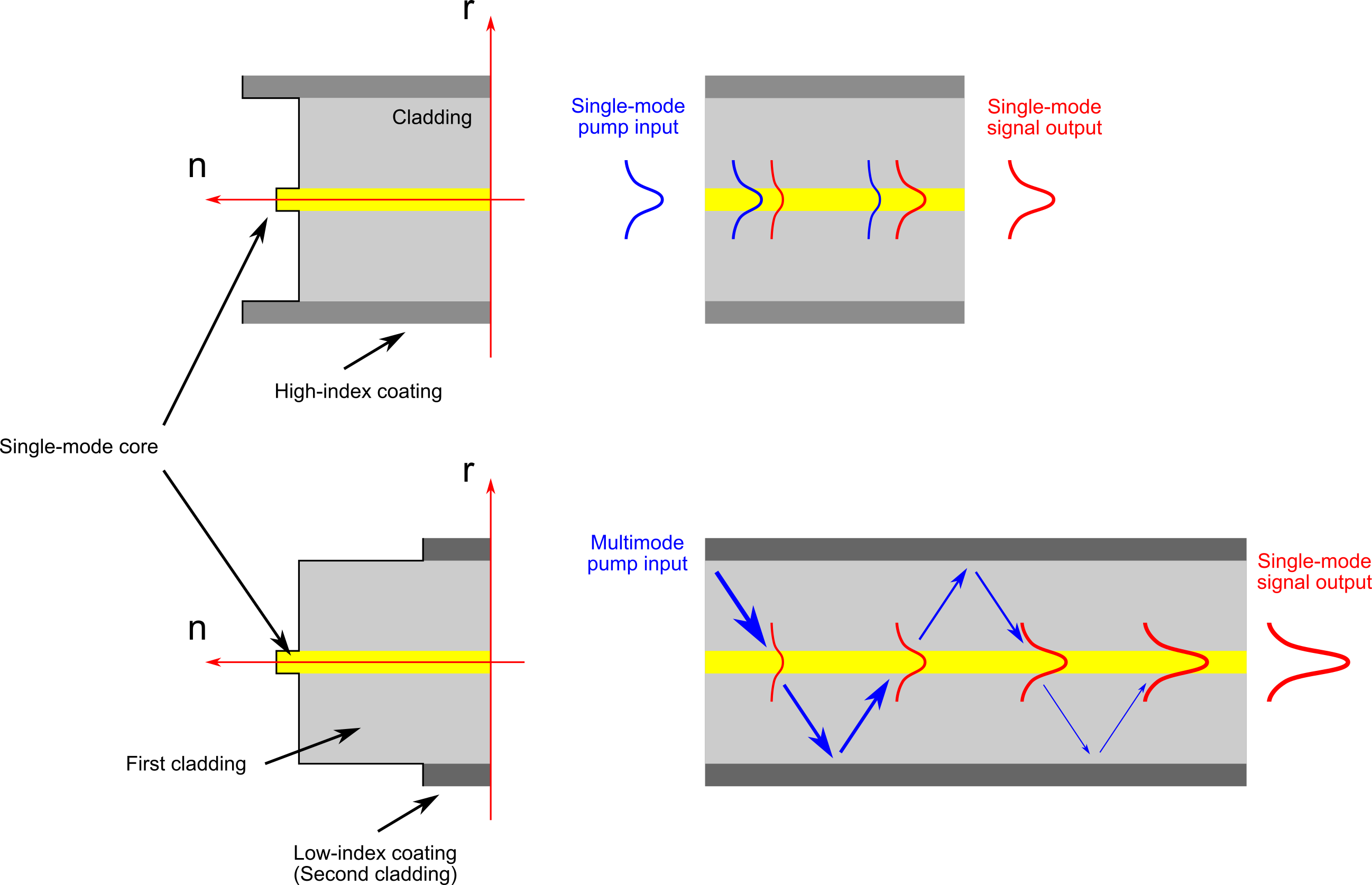Contents

Source: YouTube
Understanding Cladding Modes in Optical Fibers
Introduction to Optical Fibers
Optical fibers are essential components in modern telecommunications and various laser applications. They are designed to guide light efficiently from one point to another with minimal loss. The core of an optical fiber is where most of the light is intended to travel. However, not all light is confined to the core; some propagate through the cladding, leading to what are known as cladding modes.
What are Cladding Modes?
Cladding modes, also referred to as radiation modes, are light propagation modes in an optical fiber where the light is not confined strictly to the core but extends into the cladding region. These modes are typically not desired in fiber optics applications as they can lead to signal loss and interference.
Propagation Characteristics
When light enters an optical fiber, a majority of it is guided through the core. However, due to imperfections or misalignment, some light can leak into the cladding. The propagation of these cladding modes depends significantly on the properties of the fiber’s coating. In many cases, especially with single-mode fibers, the cladding modes are attenuated by the fiber coating, which prevents them from traveling long distances.
Impact on Fiber Optic Systems
Cladding modes can affect the efficiency and performance of fiber optic systems. In short fiber segments, such as those used for testing or in highly doped fibers, the presence of cladding modes can complicate measurements. This is particularly problematic when the polymer coating must be removed, as it can lead to increased cladding mode propagation.
Mitigating Cladding Modes
To address the issues posed by cladding modes, several techniques can be employed:
- Splicing: Joining a short fiber to a longer passive fiber can help eliminate unwanted cladding modes.
- Index-Matching Fluids: Applying a droplet of index-matching fluid can reduce cladding mode propagation.
- Cladding Mode Strippers: These devices are used in high-power fiber lasers and amplifiers to safely remove cladding light, ensuring that the generated heat is dissipated without damage.
Applications in Fiber Optics
Cladding modes have specific applications in advanced fiber optic technologies. For instance, in high-power fiber lasers and amplifiers, cladding modes are utilized in double-clad fibers to optimize the absorption of pump light. This is achieved because cladding modes can overlap with the core region, allowing for efficient energy transfer within the fiber.
Fiber Bragg Gratings
Long-period fiber Bragg gratings exploit cladding modes by coupling core light into the cladding, causing selective wavelength losses. This is useful in designing filters and sensors within fiber optic systems.
Conclusion
While cladding modes are generally considered undesirable in fiber optics, understanding and managing them is crucial for optimizing fiber optic systems. By employing various techniques and technologies, the impact of cladding modes can be minimized, enhancing the performance and reliability of optical fibers in numerous applications.

Source: FiberLabs Inc.
Feel free to comment your thoughts.



